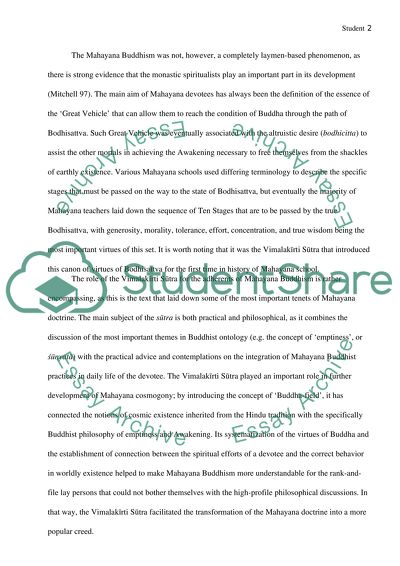Cite this document
(“Analysis of a Key Scripture of Buddhism Research Paper”, n.d.)
Analysis of a Key Scripture of Buddhism Research Paper. Retrieved from https://studentshare.org/religion-and-theology/1443109-analysisof-a-key-scripture-of-buddhism-paper-one
Analysis of a Key Scripture of Buddhism Research Paper. Retrieved from https://studentshare.org/religion-and-theology/1443109-analysisof-a-key-scripture-of-buddhism-paper-one
(Analysis of a Key Scripture of Buddhism Research Paper)
Analysis of a Key Scripture of Buddhism Research Paper. https://studentshare.org/religion-and-theology/1443109-analysisof-a-key-scripture-of-buddhism-paper-one.
Analysis of a Key Scripture of Buddhism Research Paper. https://studentshare.org/religion-and-theology/1443109-analysisof-a-key-scripture-of-buddhism-paper-one.
“Analysis of a Key Scripture of Buddhism Research Paper”, n.d. https://studentshare.org/religion-and-theology/1443109-analysisof-a-key-scripture-of-buddhism-paper-one.


